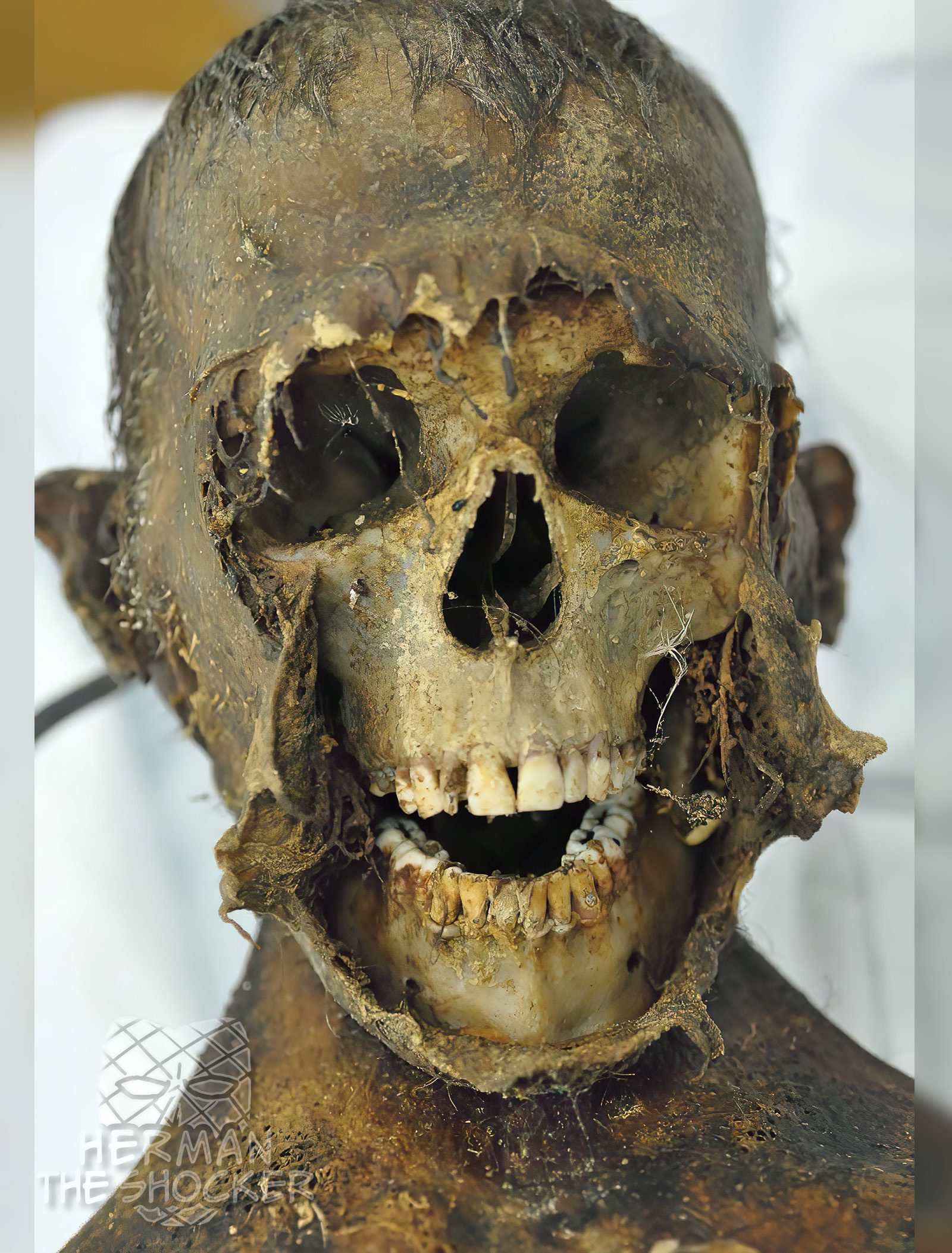Skeletonization is the state of a dead organism after undergoing decomposition. Skeletonization refers to the final stage of decomposition, during which the last vestiges of the soft tissues of a corpse or carcass have decayed or dried to the point that the skeleton is exposed. By the end of the skeletonization process, all soft tissue will have been eliminated, leaving only disarticulated bones. Skeletonization may take weeks or months depending on the environment. Many bodies are discovered in partial skeletonization. Skeletonization time depends a great deal on environment and insect and animal activity.
In a temperate climate, it usually requires three weeks to several years for a body to completely decompose into a skeleton, depending on factors such as temperature, humidity, presence of insects, and submergence in a substrate such as water. In tropical climates, skeletonization can occur in weeks, while in tundra areas, skeletonization may take years or may never occur, if subzero temperatures persist. Natural embalming processes in peat bogs or salt deserts can delay the process indefinitely, sometimes resulting in natural mummification.
After skeletonization, if scavenging animals do not destroy or remove the bones, acids in many fertile soils take about 20 years to completely dissolve the skeleton of mid- to large-size mammals, such as humans, leaving no trace of the organism. In neutral-pH soil or sand, the skeleton can persist for hundreds of years before it finally disintegrates. Alternately, especially in very fine, dry, salty, anoxic, or mildly alkaline soils, bones may undergo fossilization, converting into minerals that may persist indefinitely.
Latest posts











